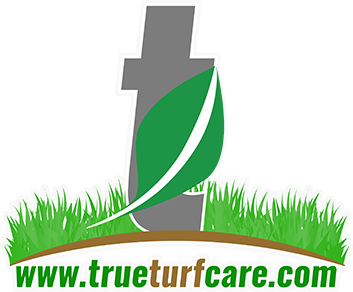Signs Indicating It May Be Time to Trim or Remove a Tree
- Jose Asencio
- Apr 29
- 3 min read
When you think about the trees in your yard, consider all they provide: shade on hot days, a home for wildlife, and oxygen for you to breathe. Trees can also become liabilities if not properly maintained. Knowing when to trim or remove a tree is essential for safety and health. Let's explore some clear signs that it might be time to take action with your trees.
Signs of Stress and Decline
First, assess the overall health of your tree. Several signs can indicate distress:
Dead or Dying Branches: Look for branches that are dry, brittle, or lack leaves, particularly during the growing season. For instance, a tree with numerous dead branches may have a health decline of over 30%. Cutting these branches can prevent further damage and help the tree and neighboring plants thrive.
Bark Condition: Examine the trunk for cracks, splits, or dead patches. Damaged bark can often signal disease or pest problems. If more than 25% of the trunk shows severe damage, it might be time to consider removal to protect nearby flora and structures.
Fungal Growth: Spotting mushrooms or fungi at the base may suggest root decay. Studies show that up to 50% of trees exhibiting fungal growth can face structural instability. If you notice any fungus, consider an expert evaluation to determine the right path forward.
Structural Issues
Healthy trees have a solid structure to support them in storms and other environmental challenges. Here are some structural concerns you should look out for:
Leaning Trees: A tree that leans significantly could signify root compromise. For example, if a tree is leaning more than 15 degrees, it can become a hazard during strong winds. Assess whether it is worth saving or if removal is advisable.
Crossing or Rubbing Branches: When branches rub against each other, they can create wounds that invite diseases. Trimming these branches not only helps the tree but also encourages better growth. For every crossing branch, removing one can lead to a 20% improvement in overall tree health.
Narrow or Weak Branches: Branches that seem too thin compared to the trunk may be prone to breaking under weight. Monitor any branches that seem weak, especially if they are unable to hold blossoms or fruits.
Safety Hazards
Safety is critical when determining if tree maintenance is necessary. Keep an eye on:
Proximity to Power Lines: Any tree growing too close to power lines can risk power outages or fire hazards. Approximately 30% of power outages can be attributed to tree branches contacting electrical lines. If your tree poses this risk, reach out to a professional for assessment.
Damage to Structures or Pavement: Trees that threaten nearby homes, gardens, or driveways are serious concerns. If roots lift a sidewalk or branches threaten windows, the tree requires immediate attention to avoid costly repairs.
Unstable Roots: Exposed roots or shifting soil around a tree base signals potential instability. About 15% of trees with visible root issues topple in storms. It's wise to consult an expert if you spot these signs.
Observing Seasonal Changes
Different seasons can reveal important clues about your tree's health. Here are some visual cues to watch for:
Limited Leaf Growth: During spring and summer, healthy trees should display robust leaf canopies. If a tree's leaves are sparse when they should be plentiful, it might indicate stress possibly due to environmental factors or pests.
Fall Color Changes: While autumn foliage can be beautiful, be wary if a tree drops leaves unexpectedly or shows early color changes. This can signal problems, and timely observation can play a key role in effective care.
Neighboring Plant Health
The condition of other plants around a tree can reflect its health. Pay attention to:
Declining Neighboring Plants: If nearby plants are suffering, your tree might be the problem. It could be harboring pests or diseases that spread, prompting you to act sooner rather than later.
Soil Quality: Keep an eye on soil conditions. Frequent flooding or overly dry soil can endanger tree health. If soil conditions around a tree worsen, consider that those changes can impact your tree's longevity.
Final Thoughts
Looking after trees is an important responsibility for every homeowner. By recognizing the signs that indicate it may be time to trim or remove a tree, you help maintain your outdoor space's health and safety. Whether you notice health issues, structural concerns, or safety hazards, proactive steps can prevent bigger problems later.
If any of the signs mentioned here hit home, consulting with a professional arborist is a wise choice. They can provide tailored advice and support to ensure your trees—and your landscape—remain safe and beautiful.





